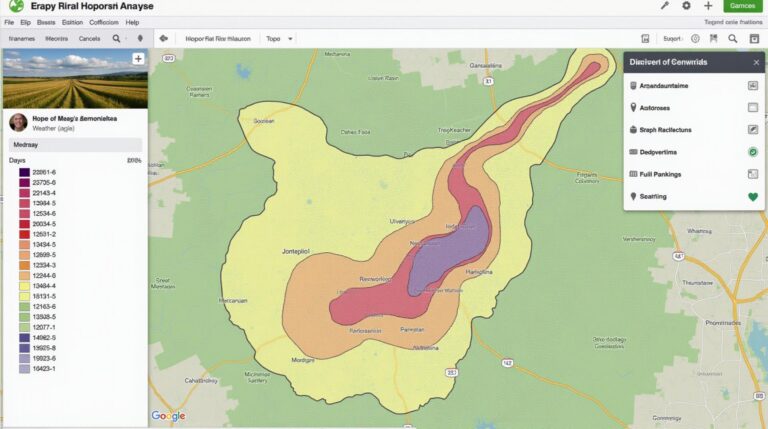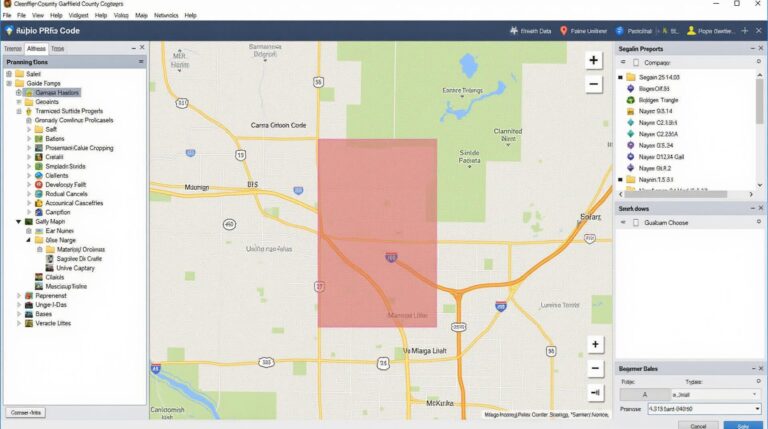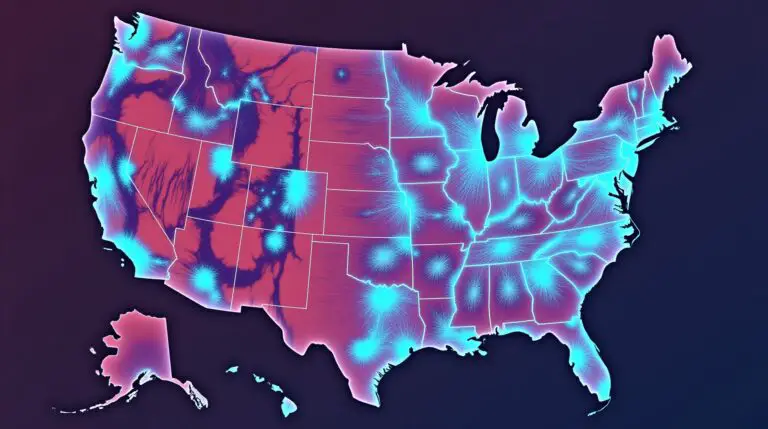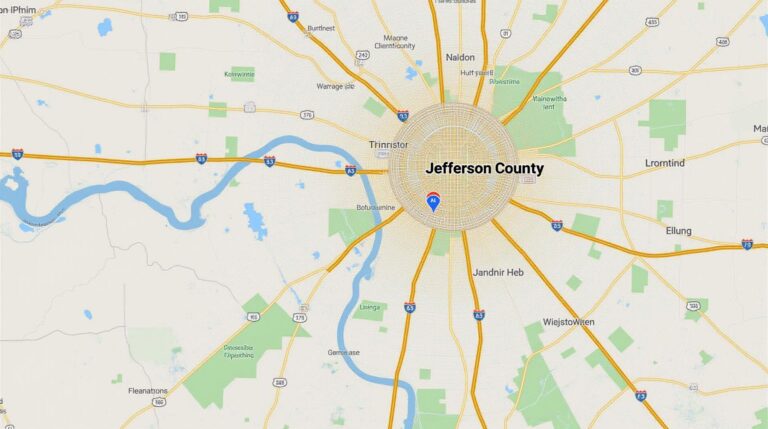GeoAI for Smart Energy Management – Demand Forecasting
GeoAI for Smart Energy Management: Demand Forecasting
In the realm of sustainable energy, demand forecasting is crucial. Predicting energy consumption patterns empowers utilities to optimize energy grids, curtail demand during peak hours, and integrate renewable energy sources effectively. Geographic Information Systems (GIS) coupled with Artificial Intelligence (AI), a powerful combo known as GeoAI, offers unparalleled insights for detailed demand forecasting.
What is GeoAI in Demand Forecasting?
GeoAI involves using AI algorithms, typically machine learning, combined with spatial data like geographical constraints, user information, weather patterns, and historical energy usage. The advantage of GeoAI is its ability to discern complex relationships and spatial dependencies within energy demand data, enabling accurate long-term predictions.
Key Advantages of GeoAI-Driven Demand Forecasting
- Precise Demand Predictions: GeoAI goes beyond simple linear regression by capturing the intricate interplay of locational factors and temporal variations, leading to more accurate demand projections than traditional methods.
- Enhanced Integration with Renewable Energy: How does Excel at predicting load? Well, GeoAI solutions can seamlessly integrate with renewable energy sources like solar and wind, enabling better grid flexibility and predictive coordination.
- Reduced Cost and Resource Optimization: GeoAI contributes to minimizing energy waste by predicting usage patterns with higher efficiency. This prompts utilities to revamp grid infrastructure targeting peak hours to optimize resource allocation.
- Improved Mitigation Strategies: GeoAI helps utilities prepare for surges in demand by allowing them to predict potential events that can affect energy usage and implement tailored mitigation strategies, making it a crucial tool against potential grid overload events.
GeoAI-Powered Applications in Smart Grid Management
The applications of GeoAI in smart grids are far-reaching and continue to grow. Some of their use cases include:
- Dynamic Pricing Strategies: GeoAI can effectively predict demand in specific areas throughout a day and adjust energy pricing effectively, providing consumers with real-time incentives to reduce demand.
- Smart Grid Monitoring: GeoAI can track power grids’ performance, identifying potential vulnerabilities, and identify timely interventions for improvements and preventive maintenance proposals.
- Targeted Demand Response Campaigns: GeoAI ensures personalized content for informed consumers, outlining the need to curtail energy consumption during critical periods, promoting community awareness, and successful implementation of Demand Response.
- Demand Aggregation: In determining energy loads, GeoAI can prioritize loads in various geographical areas and organize data so that the energy demand of each area can be emphasized to help with optimization and load balancing.
- Traffic Flow prediction through Location data:** GeoAI can make accurate predictions about traffic flows and traffic patterns while evaluating their integration with public transport or associated infrastructure.
Explore Data Sources and Resources for GeoAI
Resources are abundant for geospatial data and AI:
- Esri: A leading provider of GIS software.
- Earthdata: Offers global datasets with a wide range of data types.
- OpenStreetMap: A collaborative project creating an open world map.
- Google Earth Engine: A cloud-based platform for processing Earth observation data.
- Organizations like the International Energy Agency (IEA), the International Renewable Energy Agency (IRENA), and local energy saving schemes (see links for specifics)
Conclusion
GeoAI offers a significant leap forward in smart energy management, particularly in demand forecasting. By leveraging its powerful analytical capabilities, we can strive toward a sustainable future where energy grids are autonomous, resilient, and optimally matched with the diverse needs of consumers.
Check similar topics:
What is GeoAI-Demand Forecasting?
GeoAI-Demand Forecasting is a computational technique that utilizes artificial intelligence (AI) and geospatial analytics to predict future demand for products and services based on geographical locations and patterns.
Availability
- GeoAI-Demand Forecasting is available as a standalone service through our platform, incorporating advanced geospatial algorithms.
- We offer API access for developers to integrate it into their applications.
Formats
GeoAI-Demand Forecasting outputs can be readily integrated into various reporting formats, including:
- Web dashboards and reports
- Custom CSV/Excel files
Usage
GeoAI-Demand Forecasting is designed for a broad range of applications, including:
- Transportation Planning and Infrastructure Investment
- Location-Based Retail Strategies
- Marketing Campaign Optimization
- Smart City Planning
Importance of GeoAI-Demand Forecasting
GeoAI-Demand Forecasting is crucial for organizations involved in making decisions about resource allocation, inventory management and product development. By leveraging the power of AI to understand spatial trends, businesses can:
- Improve operational efficiency
- Make data-driven strategic decisions
- Optimize resource utilization and minimize waste
- Predict market shifts and adapt marketing efforts
- Target key customer segments effectively
Actionable Insights from GeoAI-Demand Forecasting
Our tools can provide actionable insights such as:
- Identifying high-demand areas
- Creating effective store cluster strategies
- Forecasting customer trends in different geographical areas.
- Learn More to explore our platform







